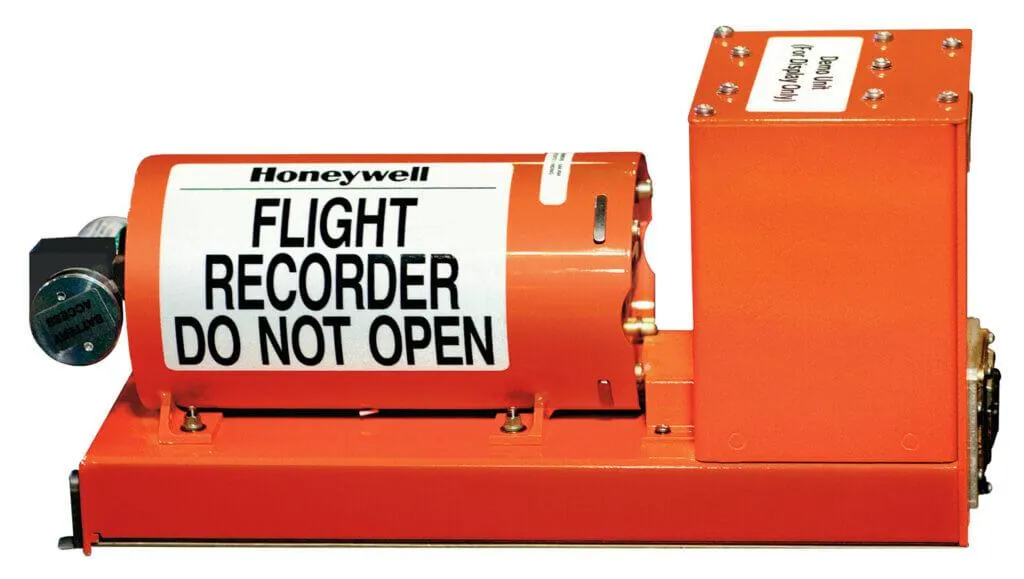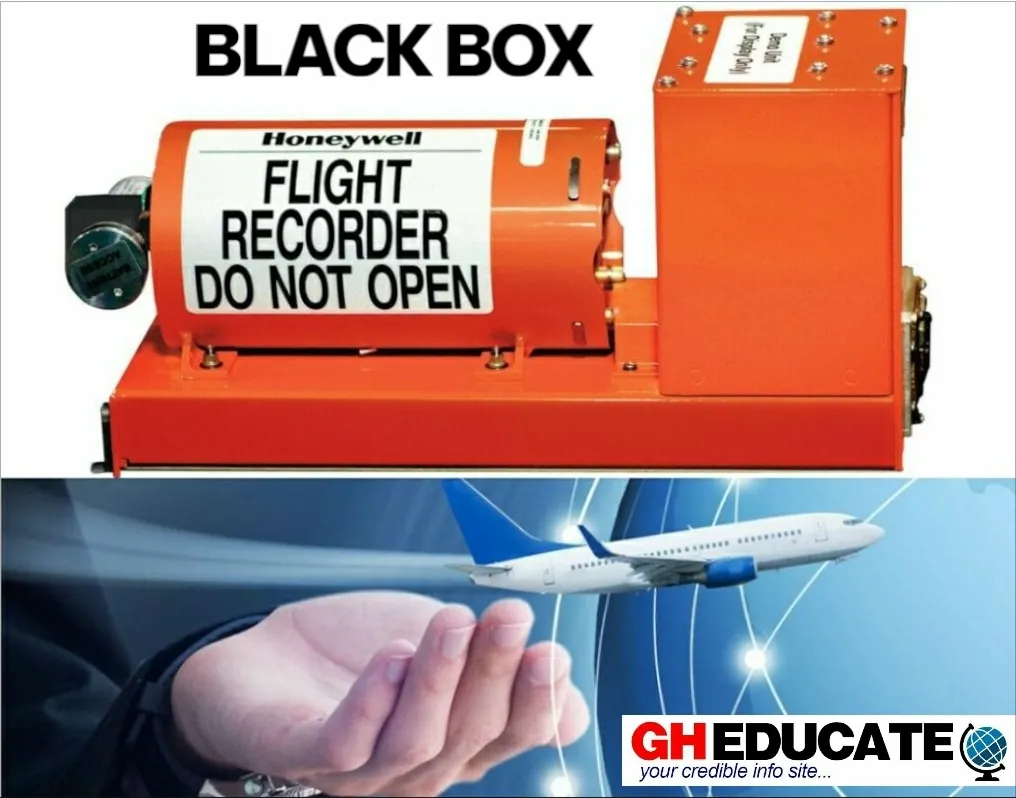The black box remains one of the most essential instruments in aviation safety, serving as a primary tool in the investigation of air accidents. Despite its name, the device is painted bright orange to enhance visibility and facilitate recovery following a crash.
Commercial aircraft are equipped with two distinct components within the black box system. The Flight Data Recorder (FDR) documents critical operational parameters such as airspeed, altitude, and aircraft control settings. The Cockpit Voice Recorder (CVR) captures cockpit conversations, radio communications, and ambient sounds, including engine noise.

The principal function of the black box is to provide accident investigators with a detailed and accurate account of events leading up to an incident, enabling them to establish its cause. Furthermore, the analysis of its contents assists aviation authorities and aircraft manufacturers in identifying safety shortcomings and implementing corrective measures to prevent future occurrences.
The “black box” are engineered to withstand the most extreme conditions, including severe impacts, high temperatures, and significant water pressure, thereby preserving the integrity of the data they contain. They are capable of storing data for many hours of both flight and audio recordings, which can be retrieved and analysed in detail after an incident.

The historical origins of the name or term “black box” in reference to flight recorders originates from historical rather than visual factors. Its roots can be traced to the Second World War, when British engineers encased sensitive radar and electronic navigational equipment in black, non-reflective containers. These devices, often associated with classified military projects, were designed to conceal their inner workings.
Over time, the phrase “black box” became a metaphor for any device whose internal mechanisms were concealed from view, with emphasis placed on its inputs and outputs rather than its construction. Early flight recorders, comprising magnetic tape housed within fireproof casings were also painted black, both to protect the metal from rust and to maintain a discreet appearance.

Modern flight recorders, however, are painted in a vivid “international orange” to ensure they can be readily identified in crash debris. Despite this change, the original term “black box” has endured and remains firmly embedded in aviation terminology.
For decades, data recovered from black boxes has been instrumental in resolving complex air accident investigations, resulting in significant advancements to global aviation safety standards. Often referred to as the “silent witness” of aviation, the black box preserves the final moments of a flight, offering invaluable insight for accountability and the continuous improvement of air travel safety.
Keep following www.gheducate.com for credible news and updates.




